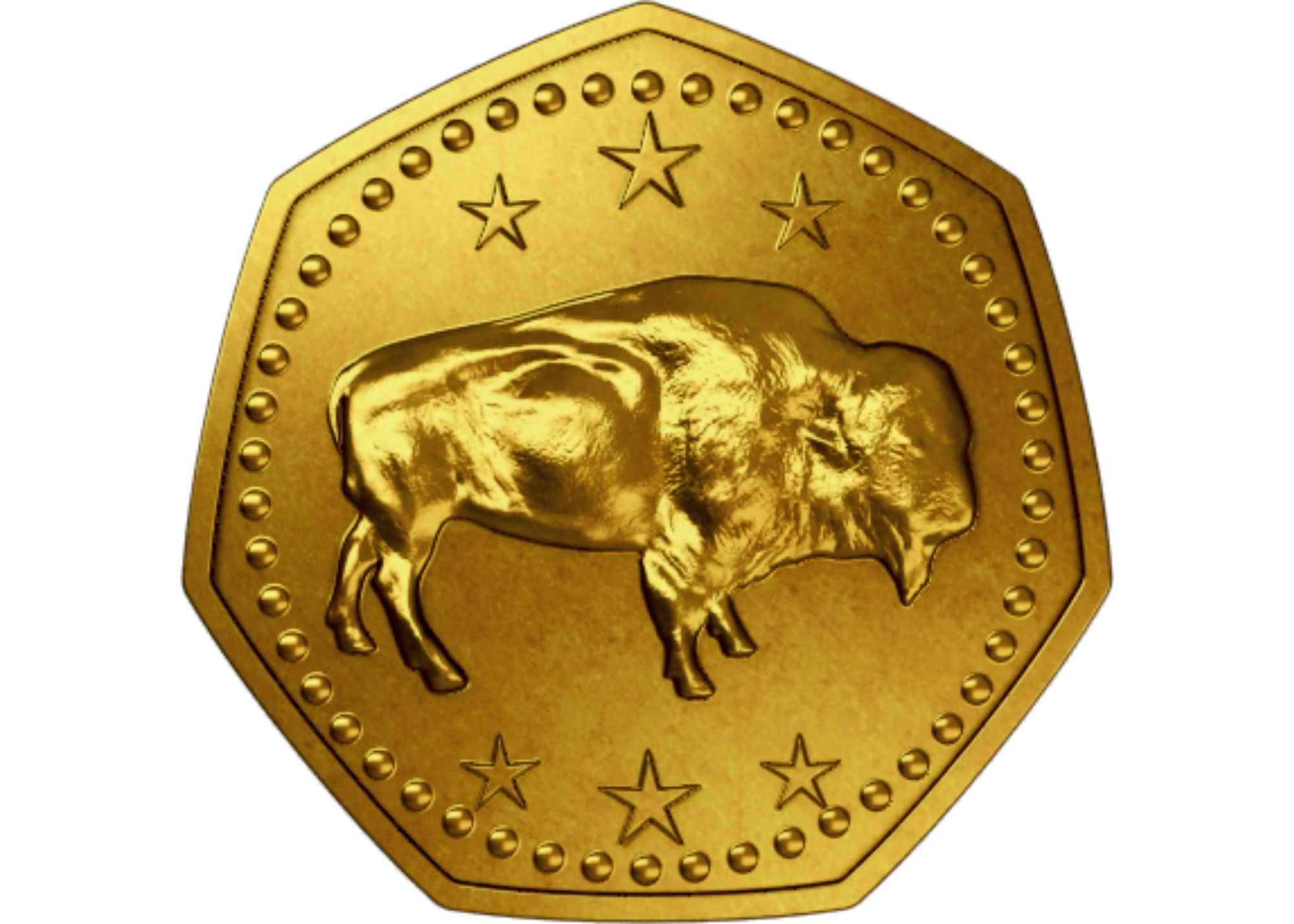Bull Flag Case Study: Silvergate
If you want to make consistent money trading, you need a process that you can apply with regularity. One process involves spotting technical setups. And a popular one is the bull flag.
Bull flags are among the time-tested stock market patterns. They are employed by top traders such as US Champion Trader, Oliver Kell.
Below, we examine how to incorporate them into an investment strategy. You will even get to see how the process works by focusing on Silvergate Capital as a case study.
The Basics of Bull Flags
With the word “bull” in its name, you can probably guess that “bull flags” suggest to analysts that a company’s share price will increase. The opposite of a bull flag, therefore, is a bear flag, which signals that a stock’s value will likely decline. Both insights can influence how you and other investors choose which stocks to buy and sell.
Bull flags have two components: a pole and a flag.
The pole comes from an increase in share price. The flag comes from a consolidation period following the stock increase. When you plot the numbers on a graph, they look like a flag pole and a flag.
A similar signal, called a “bull pennant,” has the pole but the flag is shaped like a triangle instead of a vertical bar that looks like a flag.
How to Spot the Parts of a Bull Flag
Spotting a bull flag and its parts is relatively simple when you use a reliable service to track stock movements.
To start, you will want to look for the indicator’s flag section. With a bull flag, you need to keep your eyes open for long lines that move upward. For example, between the first and tenth of the month, a stock’s price might increase from about $160 to $210. Such a fast upward trajectory will usually stand out.
To find the flag, look at the few days following the pole. You should see a slight dip in the price as some people get nervous and start selling shares because they believe the price cannot go much higher. By the end of the week, though, the price returns to where it was at the tip of the pole.
The flag consists of the horizontal shape made by the dip and recovery in price.
How Should You Respond to Bull Flags?
Now you know the basics of how to spot bull flags and the anatomy of a breakout. How should you respond when you see these indicators?
It’s always important to keep in mind that investing comes with risk. Analytics can help you make informed investment choices, but it cannot guarantee a strong ROI. It’s possible for a stock’s price to crash even after a bull flag that looks promising.
No matter what the numbers say, you need a combination of data, intuition, and experience when establishing your investment strategy.
With that caveat stated, how you respond to a bull flag usually depends on the flag’s depth. Ideally, you want to see a tight flag that shows the stock has a price closely aligned with its true value. If shares that were worth $200 at the top of the pole fall $5 and recover within a week, that’s probably a very strong indication that you should buy.
If a $200 stock drops $50 and takes three weeks to recover, that’s not nearly as attractive. Well-timed, short-term investments can make a lot of money. When using bull flags, though, you want a shallow dip and a fast return.
Often, tight flags mean that a stock’s price is about to increase by an amount similar to the pole. If the pole’s length covers $50, you can expect the value to grow by another $50 after a tight flag.
At that point, you might decide to sell the stock and collect your earnings. You can also hold on to the shares and see where they go. The action you take depends on your short-term objectives, long-term objectives, and how much you believe in the company.
Silvergate’s Bull Flag Signal
For a real-world case study of bull flags, check out this bull flag on Silvergate.
SI-first bull flag since monster breakout. MARA HUT COIN all flag like looks to if crypto can follow through. pic.twitter.com/P4zXqPgoOg
— Oliver Kell (@1charts6) November 14, 2021
You can see that the pole form as the price rose significantly and then the correction. Once you see the share price rise above the upper resistance line, the trigger is signaled to buy. That’s when you can expect the price to rise by as much as it did during the initial pole phase.
If you’re concerned about spending a lot of money buying stock you can always goose your return while limiting risk by buying call options. So doing will lead to higher percentage returns while taking less out of pocket.



